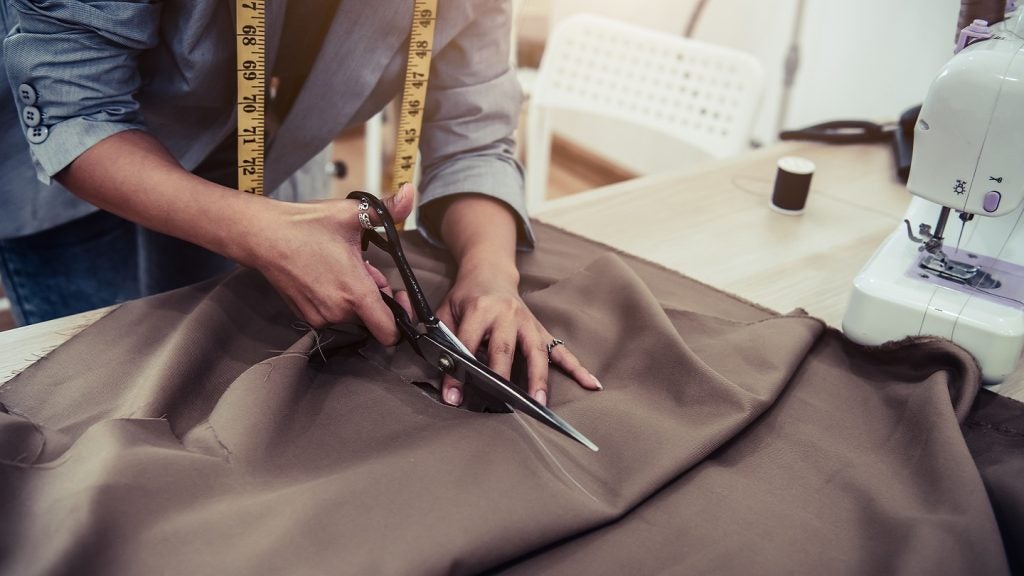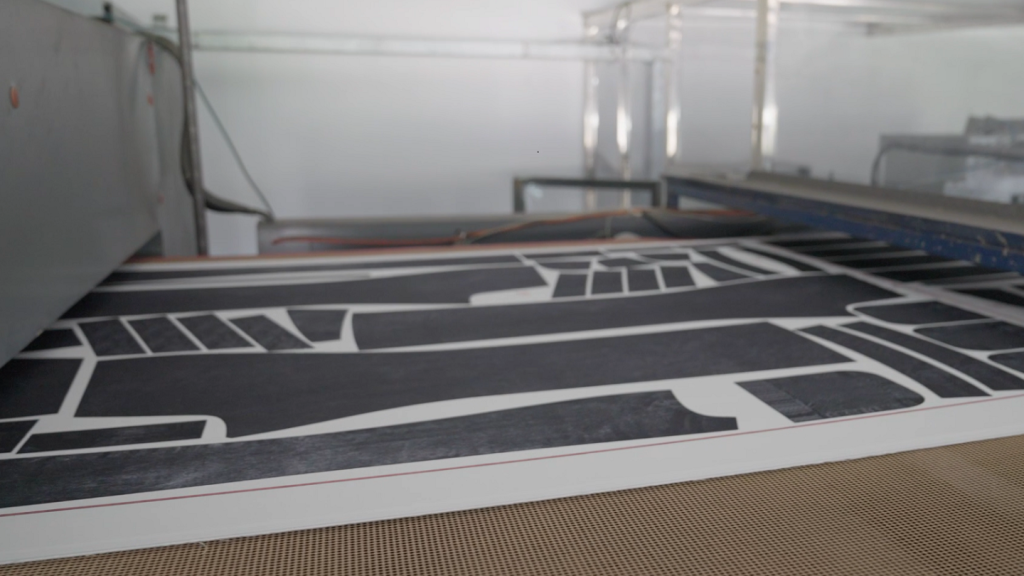During the third quarter of 2024, small to medium-sized enterprises (SMEs) within the garment manufacturing sector reported an average increase in sales of 128%, coupled with a substantial 123% rise in the volume of purchase orders from suppliers, according to the Manufacturing Health Index.
The figures in the report were released by inventory management software firm Unleashed, which provides cloud-based inventory management solutions that enhance transparency and oversight over supplier relations, production processes, stock levels, and sales operations.
The Manufacturing Health Index evaluates SMEs manufacturing performance through an analysis of extensive data sets.
The Q3 2024 report used information from approximately 1,300 manufacturers across the UK, Australia, and New Zealand, analysing every transaction related to purchases, sales, and stock movements recorded by these businesses from Q1 2018 through Q3 2024.
Within the fashion segment, encompassing clothing, footwear, and accessories, there was a notable escalation in sales revenue, ranking it fourth among the 12 manufacturing categories examined. Moreover, this segment recorded the second-largest growth in purchase orders.
Across the broader manufacturing industry, revenues and purchase orders expanded by 88%, indicative of robust confidence levels among consumers, retailers, and businesses alike.
The data further indicates that apparel producers are stocking up on inventory in anticipation of continued demand.
This positive trend aligns with consumer sentiment data from Q3 2024, which showed consumer confidence reaching its highest point in five years at -7.9%.
Social media platforms have become pivotal for fashion sales, with 42% of consumers making fashion purchases via these channels in 2023. The influence of trends on platforms such as Instagram, Facebook, and TikTok is increasingly shaping consumer purchasing decisions.
Unleashed parent company The Access Group Cloud ERP GM Joe Llewellyn said: “This uptick in sales revenue and purchasing bodes well for the manufacturing industry.
“Firms are buying more inventory – and while this might bring back bad memories of post-Covid disruption, when manufacturers were forced to adopt a ‘just in case’ strategy – it’s actually a positive sign in the current climate.
“Lead times remain low, so the orders we currently see flowing through the supply chain look like genuinely robust business confidence.”
Llewellyn added: “It will also be interesting to see what impact the Autumn Budget will have on the wider manufacturing industry. On the one hand, business leaders have warned that rises in National Insurance, minimum wages and business rates will hit them hard. However, the government has pledged to invest in housing, public infrastructure, clean energy and technology, which could provide a welcome boost to manufacturers in the construction, energy and electronics sectors.”













